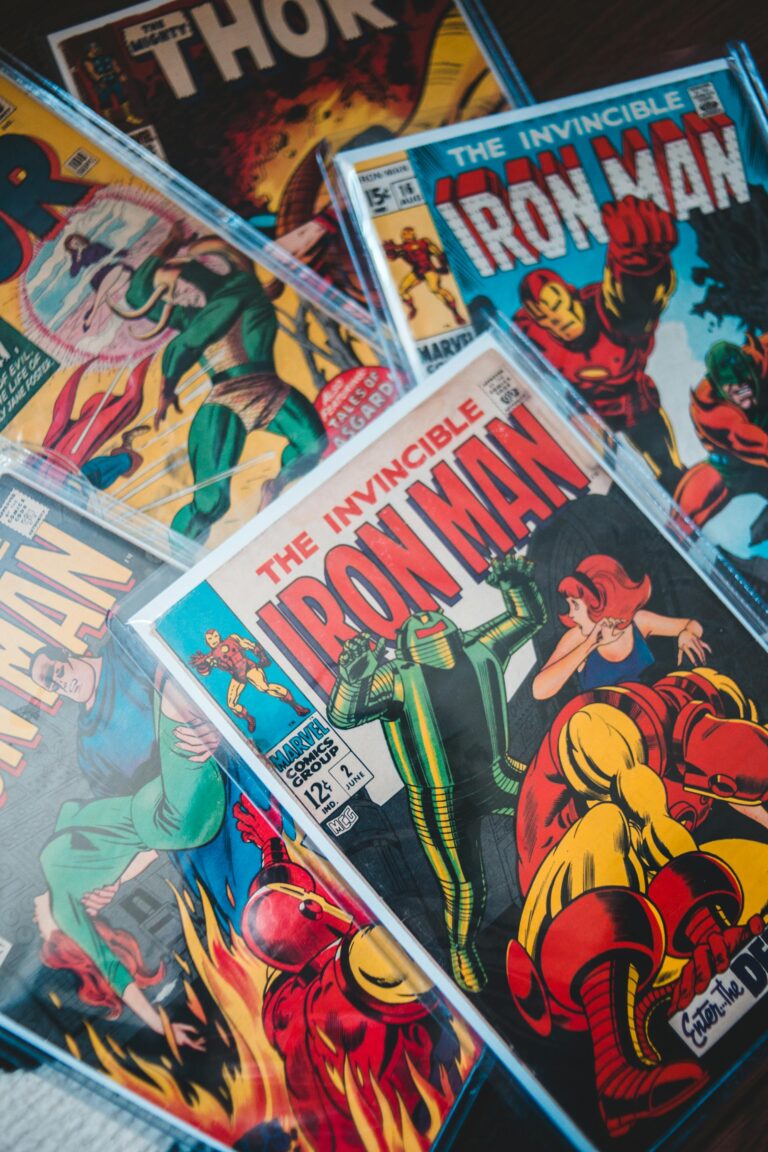Every time you open Netflix, you’re engaging with one of the most sophisticated recommendation systems ever created. But how does it really work? The answer is more complex—and more personal—than you might imagine.
Beyond Simple Viewing History
While Netflix tracks what you watch, it’s also monitoring how you watch. The algorithm notes when you pause, rewind, fast-forward, or abandon a show. If you consistently stop watching romantic comedies after 20 minutes but binge-watch crime dramas, the system learns your preferences with surgical precision.
The Thumbnail Psychology
Netflix doesn’t just recommend shows—it customizes the artwork for each user. The same movie might appear with different thumbnails for different viewers. Action fans might see an explosion-filled image, while drama lovers see an emotional close-up. This personalization happens in milliseconds, with the algorithm choosing from dozens of possible images.
Collaborative Filtering Meets Content Analysis
Netflix combines two powerful approaches: collaborative filtering (finding users with similar tastes) and content analysis (understanding the actual attributes of shows). If you loved “Stranger Things,” the algorithm doesn’t just find other sci-fi shows—it analyzes the specific elements you enjoyed: 80s nostalgia, ensemble casts, supernatural elements, and coming-of-age themes.
The Time-of-Day Factor
Your viewing patterns throughout the day influence recommendations. The algorithm learns that you might prefer lighter comedies during lunch breaks but gravitate toward intense dramas in the evening. This temporal awareness shapes not just what Netflix recommends, but when it recommends it.
Global Data, Personal Taste
Netflix analyzes viewing patterns across 200+ countries, identifying cultural preferences and trending content. But it balances this global intelligence with your individual behavior. The result is recommendations that feel both personally relevant and culturally current.
The “Next Episode” Prediction
The algorithm doesn’t just predict what you’ll like—it predicts how likely you are to watch the next episode of something you’ve started. This “completion rate” prediction influences whether Netflix continues promoting a series to you or shifts to suggesting alternatives.
Understanding Netflix’s algorithm reveals how much our entertainment choices are subtly guided by invisible technological forces.



